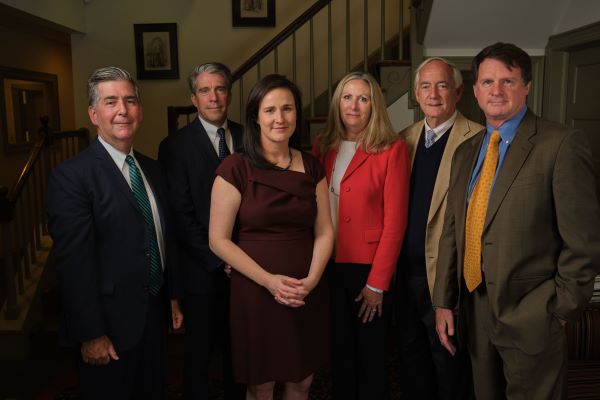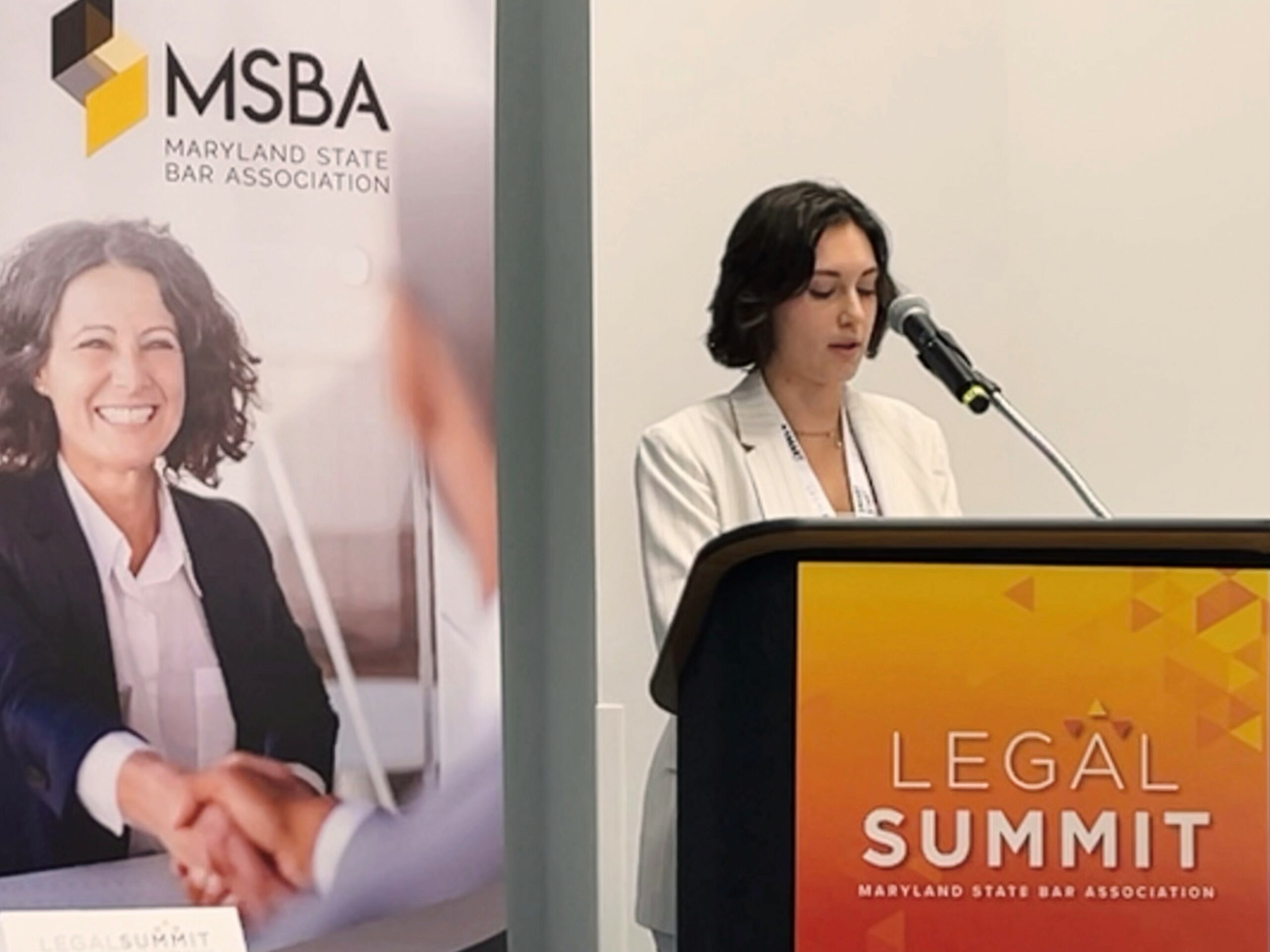 On October 30, 2018 the Montgomery Council deferred action on Zoning Text Amendment (ZTA) 18-11, Telecommunications Towers – Approval Standards.
On October 30, 2018 the Montgomery Council deferred action on Zoning Text Amendment (ZTA) 18-11, Telecommunications Towers – Approval Standards.
Current Montgomery County Zoning Requirement
Montgomery County requires cell towers be at least 300 feet from residential areas. Carriers and wireless infrastructure companies seek an update to the county’s 1990s-era zoning regulations that were aimed at tall, macro sized towers (e.g. 100 feet tall).
Why Montgomery County Needs to Address Small Cells and 5G Wireless
A new September 2018 FCC order takes significant steps toward facilitating small cell deployment and 5G wireless. Click here to view the MM&C blog article on the new FCC Order. State and local municipalities are scrambling to enact legislation to place boundaries on small cell zoning and protect residential communities. Many state and local municipalities are suing the FCC because they believe the order preempts their ability to regulate the placement of small cell facilities. Wireless carriers are also suing the FCC, as they believe the FCC Order did not go far enough to cut regulations and expand the much needed 5G Infrastructure.
According to Council President Hans Riemer, “We need to support the future of wireless while balancing the impact it will have on our communities. The zoning measure that I supported, ZTA 18-11, accomplished both these goals.”
The Montgomery County Council has been working to address the future of wireless infrastructure in Montgomery County over the past few years. The telecommunications industry is running out of capacity on wireless networks in the County due to growing demand and they need to place antennas all over and especially at the street level to meet customer service and capacity demand in and around residential neighborhoods. 5G Infrastructure requires a significant increase in antennas at the street level, as well as on tall existing structures, such as towers, buildings, and water tanks.
Small Cell Antennas are a Key Component of 5G
According to T-Mobile’s website, small cell antennas and distributed network connections are lower power than traditional cell sites, and can handle large quantities of data – as well as large numbers of users. Because they are smaller than traditional cell sites, their antennas and radios can be located closer to the mobile device user. This is key to enhancing a customer’s mobile experience – whether they are texting, sending pictures, streaming live video, or calling 911. Small cells and DAS (Distributed Antenna System) can help improve coverage, especially in hard to reach locations where man-made and natural obstacles to radio waves occur. They target areas with spotty coverage and enable stronger cellular signals. Small cells also help offload capacity challenges that the networks are facing due to significant wireless usage, especially data usage (non-traditional telephone uses such as searching the internet, watching movies, etc.) by customers. A trade off of this smaller equipment on lower structures being placed closer to the residential customer is that the wireless signal does not travel very far from the antennae location and much less than when placed on a taller, macro site location, which necessitates more structures placed closer together.
Montgomery County Council Legislation
The Council successfully established rules for small cell antennas in Montgomery County commercial areas earlier this year. Bill ZTA 18-11 addressed small cell antennas in residential areas. “Unfortunately amendments were introduced that essentially sought to obstruct deployment of wireless infrastructure in the future. This was a real concern because many people want to have good wireless coverage in their neighborhoods, whether to use devices for entertainment and communication, or to call 911, or to work from home, you name it. Our County needs to embrace wireless infrastructure, just as we embrace water, power, and transportation infrastructure”, said Hans Riemer. To read Council President, Hans Riemer’s full statement, click here.
MM&C Telecommunications Attorney, Sean Hughes said “ZTA 18-11 wasn’t a viable solution for small cell zoning in order to provide consumers with the enhanced state of the art wireless connectivity they desire. It would essentially require a conditional use for any small cell short telephone or light pole replacements (e.g. 20-30 feet high) in a residential zone; which is the same process as requesting a traditional macro cell tower site (above 100 feet high).”
In a statement from Montgomery County Executive Ike Leggett, he said “I am very disappointed that the County Council has withdrawn the proposed Small Cell Tower bill from consideration. We have failed to adequately protect our communities and neighborhoods. We now run a much greater risk of the State – and federal government – preempting any local say on the terms and conditions of small cell tower placement in our neighborhoods.”
Rather than approve a bad bill that would set Montgomery County back and invite State and Federal pre-emption, Council President Reimer pulled the legislation. He will work with the newly elected Montgomery County Council in 2019 to revise Bill ZTA 18-11.
The telecommunications land use attorneys at Miller, Miller & Canby are experienced and entrenched in Maryland, D.C. and Virginia’s 5G Wireless and Small Cells Zoning. Our telecommunications, zoning attorneys and real estate attorneys are closely monitoring the impacts of the FCC order and the efforts of local legislatures to craft small cell legislation in order to be able to advise telecommunications carriers and potential landlords.
Sean P. Hughes is an attorney in Miller, Miller & Canby’s Land Use practice group. His career spans more than two decades of focus in legal and wireless telecommunications and he has represented clients in land use and zoning matters throughout the Mid-Atlantic. To learn more about the firm’s Land Use and Zoning practice, click here.
Cathy Borten is an associate in Miller, Miller & Canby’s real estate practice group. She focuses in commercial real estate transactions and leasing, real estate litigation, land use and zoning and commercial financings and settlements. Cathy has over 10 years' experience in leasing, land use and zoning in the wireless telecommunications industry. Cathy also participated in the drafting of the Montgomery County and City of Gaithersburg original small cell ordinances. To learn more about the firm’s Real Estate practice, click here.








Share this Article: